Introduction to the Science of Food Preservation
Keeping food fresh for longer has been an important part of human culture. Food preservation, from old methods like drying and salting to newer ones like canning and irradiation, has been very important for making sure there is enough food, lowering waste, and moving and storing food over long distances and for long periods of time. Understanding and controlling the things that make food go bad is what food preservation is all about. Microorganisms (like bacteria, yeasts, and moulds) growing on the food, enzymatic processes happening inside the food, and chemical changes like oxidation are some of these factors.
Various methods for preserving food work by stopping or getting rid of one or more of these ways that food goes bad. For example, heat treatment like pasteurisation and canning kills microorganisms that are dangerous and stops enzymes from working. Microbial growth is slowed down when water activity is reduced by drying things out or adding salt or sugar. Microorganisms and enzymes both work more slowly when temperatures are low, like when food is refrigerated or frozen. Food preserving methods have been improved and created because they are needed and because scientists have learnt more about them. In the past, methods were often based on real-life observations that were passed down from generation to generation. Microbiology and food science, on the other hand, have made the basic ideas behind preserving food more clear, which has led to better and safer ways to do it.
Food storage is still very important, even though fresh food is easy to find these days. It lets us eat seasonal foods all year, cuts down on food waste at both the buyer and business levels, and makes it easier to get food to places that are far apart. With the rise of home-based food businesses and delivery services like HOGR delivery, it is also important to know how to properly store food to make sure that customers get safe and tasty meals. This piece will explain the science behind different ways to keep food fresh and give you tips on how to do it safely and effectively.
A Guide to Preserving Food the Right Way
To effectively and safely preserve food, you need to understand the basic ideas behind it and know how to use the different ways correctly. The type of food, how long you want it to last, and the resources you have all affect the choice of method.
Food Preservation Methods
There are numerous food preservation methods, each working on different scientific principles to stop food from getting spoilt:
- Heat Treatment: Some of these methods are boiling, pasteurisation (heating to kill certain pathogens), and canning (heating food in sealed containers to make a vacuum and kill all bacteria). How hot the food is treated and how long it is heated for depend on the bacteria that are being killed.
- Low Temperature Preservation: Keeping something cold (usually at or below 40°F or 4°C) slows down the growth of microbes and enzymes. When something is frozen (usually at or below 0°F or -18°C), almost all microbes stop growing and enzyme processes slow down a lot.
- Reduction of Water Activity: When food is dried, it loses water, which makes it hard for microorganisms to grow. Adding salt or sugar to food binds water molecules together, making less water available for microbes to grow.
- Acidity Control: Putting food in an acidic solution, like vinegar, stops many bacteria that cause food to go bad from growing. Acids that are made during fermentation also keep food fresh.
- Oxygen Removal: The amounts of oxygen in food packaging are changed or removed by vacuum packing and modified atmosphere packaging. This stops the growth of aerobic microorganisms and slows down oxidation.
- Irradiation: Ionising radiation can kill germs, moulds, and insects on food, which makes the food last longer without turning it into radioactive waste.
- Chemical Preservatives: Some natural or man-made chemicals can be added to food to stop microbes from growing and keep it from going bad. Benzoates, sorbates, and sulfites are some examples.
Picking the right way to store food depends on what kind of food is being stored. For instance, many types of fruits and veggies can be canned, while herbs and some fruits are best dried. It is also important to know how each method changes the taste, flavour, and nutritional value of the food. People who are making food to be delivered through services like HOGR delivery must choose methods of food preservation that keep the food safe and fresh while it is in transit.
How to Preserve Food
The specific steps involved in how to preserve food vary depending on the chosen method. However, some general principles apply:
- Start with High-Quality Food: Only use fresh, undamaged food for preservation. Spoilage microorganisms may already be present in damaged or low-quality food.
- Cleanliness is Crucial: Thoroughly wash all equipment, utensils, and the food itself to minimize the introduction of microorganisms.
- Follow Reliable Recipes and Guidelines: Especially for methods like canning, using scientifically tested recipes is essential for ensuring safety and preventing the growth of harmful bacteria like Clostridium botulinum.
- Process Correctly: Ensure that food is processed for the correct time and at the correct temperature according to the chosen method and recipe.
- Seal Properly: For methods involving sealed containers (like canning and vacuum packing), ensure a proper seal to prevent contamination.
It is very important to learn the exact steps for each way to preserve food. For example, to can food successfully, you need to know about headroom, processing times that depend on altitude, and checking the seals on the jars. To dry food properly without cooking it, you have to keep the temperature and humidity under control. People who make home-cooked meals to sell and send through services like HOGR delivery should follow strict rules about how to safely store food, especially for items that will not be eaten right away.
Food Storage Techniques
To keep the quality and safety of both fresh and stored foods, it is important to store them the right way. It is very important to know the best temperature for storing different types of food. Freezers should be at -18°C or below and refrigerators should stay at 4°C or below for storing food. Raw meat, poultry, and fish should be kept on the bottom shelf of the fridge so that their juices do not get on other foods. To keep food fresh and avoid cross-contamination, store leftovers and cold items in containers that do not let air in. Label and date all food that you store correctly to make sure you use it within a safe time frame. A good rule to follow is “first-in, first-out” (FIFO). In order to keep dry goods from going bad, keep them in cool, dry, dark places away from water, heat, and light. Knowing how long different kinds of preserved and fresh foods should be kept is also important to avoid eating things that have gone bad. When food is brought by services like HOGR delivery, it is still important for the customer to store it properly to keep it safe and fresh.
Natural Preservation
Natural preservation methods, which use chemicals and methods that occur naturally, have been used for hundreds of years and are becoming more popular again. These methods often go along with the desire for foods that have been prepared less. Some examples of protecting nature are:
- Salting: Salt draws out moisture and creates an environment inhospitable to many microorganisms.
- Drying: Sun-drying, air-drying, and dehydrating use natural or controlled airflow and heat to remove moisture.
- Fermentation: Encouraging the growth of beneficial microorganisms that produce acids (like lactic acid) which inhibit spoilage bacteria. Examples include sauerkraut and kimchi.
- Pickling: Using vinegar (acetic acid) to create an acidic environment.
- Smoking: Using smoke to dry food and impart antimicrobial compounds.
- Oil Preservation: Submerging cooked food in oil to create an oxygen-free environment.
Natural ways of preserving can work, but it is important to follow solid instructions to stay safe. For example, the right amount of salt to food is very important when salting, and controlled conditions are needed for safe fermentation. If people want to use natural ways to preserve home-cooked food that they might sell on platforms like HOGR delivery, they should do a lot of study on safe practices.
Food Shelf Life
The amount of time that food stays safe, nutritious, and of the right quality under certain keeping conditions is called its shelf life. Both consumers and food companies need to know how long food can last. Compared to foods that have been kept, fresh foods do not last as long. The amount of time that preserved foods can be kept fresh depends on how they were conserved and how they were stored. When canned foods are kept properly, they can last for several years. Similarly, when dried foods are stored properly, they can last for many months. The quality of the food at the start, how well it was stored, the type of packing used, and the temperature and humidity during storage all affect how long food will last. The “use by” and “best by” marks on food packages can help you figure out how safe and fresh the food is. When selling home-cooked meals through services like HOGR delivery, it is important to make sure customers understand when they should eat the food based on the ingredients and how it was made.
Summary
Food preservation is an interesting field that combines bacteria, chemistry, and the art of cooking. Understanding the ideas behind the different ways to keep food fresh, preserving food in a safe and effective way, and storing food properly are important skills for anyone who works with food, from home cooks to industrial food producers. Natural preservation uses tried-and-true methods to keep food fresh longer, and newer methods give us even more ways to make sure food is safe and of good quality.
The main goal of preserving food is to make it available when it is needed, cut down on waste, and make sure that the food we eat is safe and healthy. When a business uses a delivery service like HOGR delivery, knowing how to properly store food is not just about making it last longer; it is also about making sure the quality and safety of their products from the kitchen to the customer. As people who understand the science and art of preserving food, we can all help make the food system better and more sustainable.
A food enthusiast and a blogger – someone who likes to eat and write about it. I’m passionate about exploring different cuisines and challenging my palette. I give into my food craving regularly and am often on the hunt to find my new favorite food place in town.
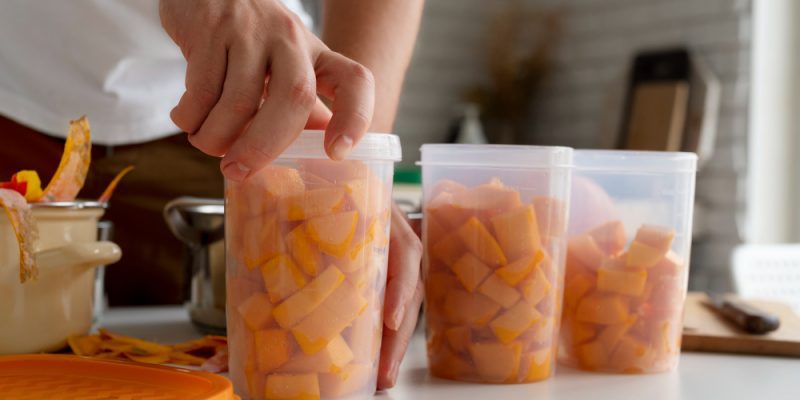


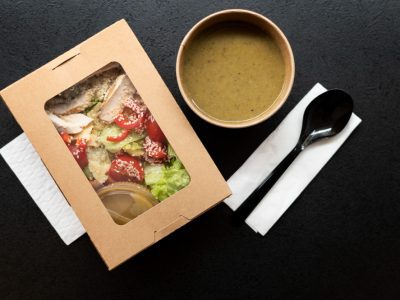

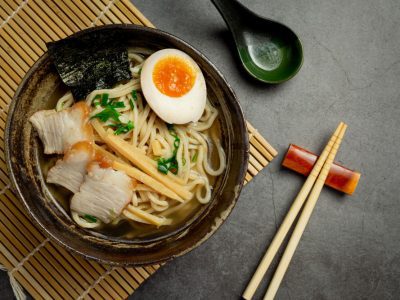

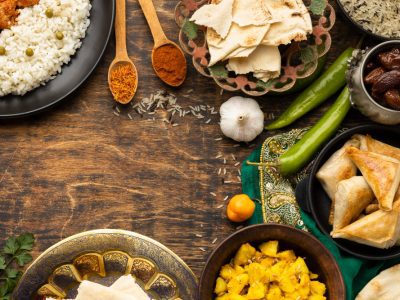
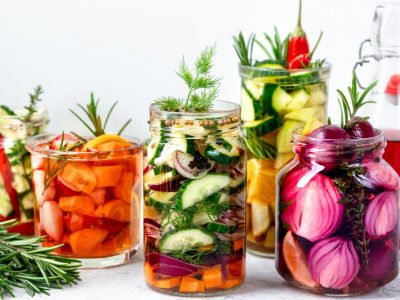

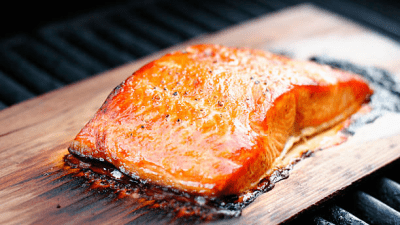
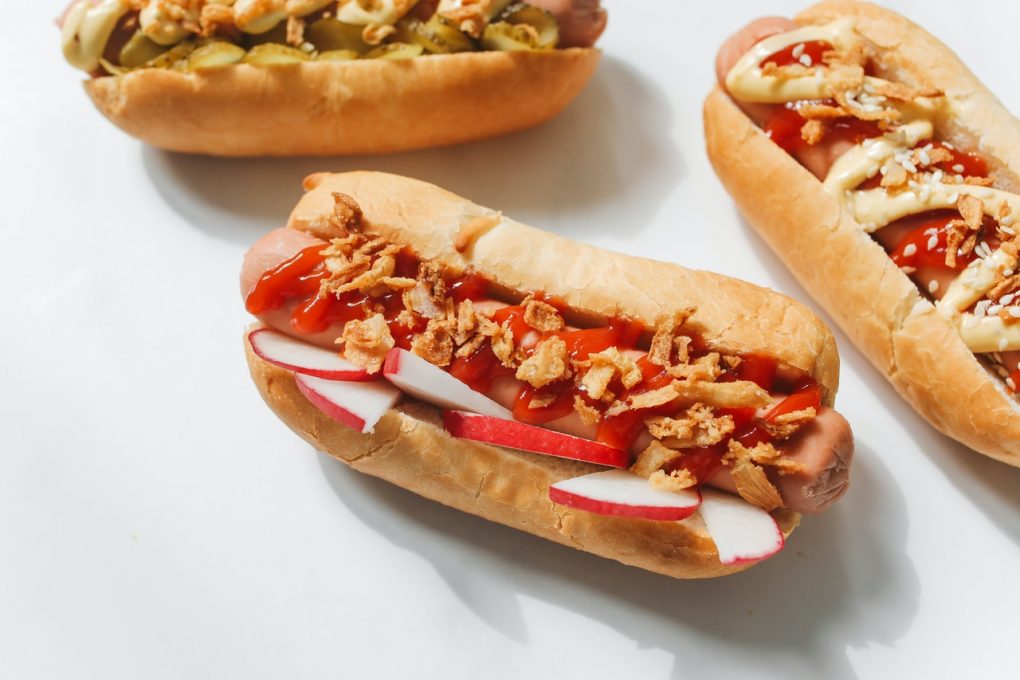
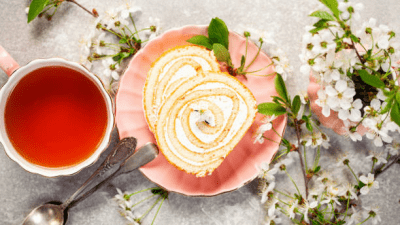
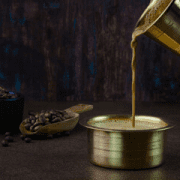

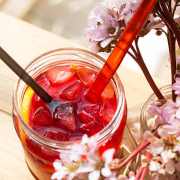

A brilliant and informative breakdown of food preservation’s evolution and importance! At Food Research Lab, we help food innovators develop preservation techniques tailored to specific product goals—whether through shelf-life extension, microbial stability, or clean-label ingredient integration. Our R&D team applies scientific principles to create scalable, safe, and sustainable food products for delivery or retail. We help food businesses solve this at FRL. Happy to connect!